Home>Home Maintenance>Things To Note When Turning A Home Ventilation System On


Home Maintenance
Things To Note When Turning A Home Ventilation System On
Modified: March 6, 2024
Ensure proper home maintenance by turning on your ventilation system. Improve air quality with efficient ventilation to enhance comfort and wellbeing.
(Many of the links in this article redirect to a specific reviewed product. Your purchase of these products through affiliate links helps to generate commission for Storables.com, at no extra cost. Learn more)
Introduction
Welcome to the world of home maintenance! One essential aspect of keeping your home in top condition is ensuring proper ventilation. A well-functioning ventilation system is crucial for maintaining air quality, reducing moisture buildup, and promoting a healthy living environment. In this article, we will explore the importance of turning on your home’s ventilation system, the benefits it provides, considerations before doing so, and essential maintenance tips for optimal operation.
Whether you’re a seasoned homeowner or a first-time buyer, understanding how your ventilation system works and knowing when and how to turn it on can make a significant difference in the overall quality of your home. So, let’s dive in and unravel the mysteries of ventilation systems!
Note: Please consult your home’s specific ventilation system manual for accurate instructions as each system may vary.
Key Takeaways:
- Regularly turning on your home’s ventilation system improves air quality, controls humidity, and enhances comfort by eliminating odors and promoting healthier indoor air for you and your family.
- Proper maintenance, including cleaning filters, inspecting ductwork, and scheduling professional inspections, is essential for keeping your ventilation system running smoothly and ensuring a healthier living environment.
Read more: When To Turn On The Air Conditioner
Understanding Ventilation Systems
Before we delve into the importance of turning on your home’s ventilation system, let’s take a moment to understand what it actually is. A ventilation system is a mechanical system designed to circulate and exchange air within your home. It works by removing stale indoor air and replacing it with fresh outdoor air, creating a healthier and more comfortable living environment.
There are several types of ventilation systems commonly found in homes, including exhaust-only systems, supply-only systems, and balanced systems. Each type operates in its unique way to meet specific ventilation requirements.
An exhaust-only system relies on exhaust fans to remove air from the home, while a supply-only system uses fans to bring in fresh air. A balanced system combines both exhaust and supply functions to achieve optimal air circulation. Additionally, some systems incorporate filters for air purification or heat recovery units to conserve energy.
Understanding the type of ventilation system you have in your home is crucial, as it will dictate how you turn it on and what maintenance tasks are required.
Importance of Turning the Ventilation System On
Now that we have a basic understanding of ventilation systems, let’s explore why it’s important to turn them on regularly. Many homeowners may overlook this crucial step, assuming that opening windows or relying on natural airflow is sufficient. However, operating your ventilation system has several significant benefits:
- Improved Indoor Air Quality: A functioning ventilation system helps remove indoor pollutants, such as dust, allergens, and volatile organic compounds (VOCs). These contaminants can accumulate over time and contribute to poor air quality, respiratory issues, and allergies. Turning on the ventilation system ensures that fresh air is continuously circulated, promoting healthier indoor air for you and your family.
- Moisture Control: Moisture buildup is a common problem in homes, particularly in areas with high humidity levels. Excess moisture can lead to mold and mildew growth, which can damage your home’s structure and pose health risks. By running the ventilation system, you can effectively control moisture levels, preventing mold and preserving the integrity of your home.
- Temperature Regulation: A well-ventilated home can help regulate temperature and prevent stuffiness. By constantly exchanging air, your ventilation system can remove excess heat in the summer and distribute warmth evenly during colder months. This can result in increased comfort, reduced reliance on heating or cooling systems, and potential energy savings.
- Odor Elimination: Lingering odors from cooking, pets, or cleaning products can make your home less pleasant. A ventilation system helps eliminate and reduce these odors by bringing fresh air in and expelling stale air. This can result in a more inviting and enjoyable living space.
To fully reap these benefits, it’s essential to understand when and how to operate your specific ventilation system. In the next section, we will discuss the considerations to keep in mind before turning the system on.
Benefits of Running the Ventilation System
Running your home’s ventilation system on a regular basis offers a wide range of benefits. Let’s explore some of the key advantages of keeping your ventilation system operational:
- Improved Air Quality: By running the ventilation system, you can ensure a constant flow of fresh air into your home. This helps remove indoor pollutants, allergens, and odors, resulting in cleaner and healthier air for you and your family.
- Reduced Humidity: Excessive humidity can lead to mold growth, musty odors, and potential damage to furniture and surfaces. Running the ventilation system helps regulate humidity levels by exchanging moist indoor air with drier outdoor air, preventing moisture buildup and reducing the risk of mold and mildew.
- Enhanced Comfort: Proper ventilation helps maintain a more comfortable living environment by reducing stuffiness and ensuring a steady supply of fresh air. This can help prevent stale air from becoming trapped in your home and create a more pleasant and inviting atmosphere.
- Energy Efficiency: A well-functioning ventilation system can contribute to energy savings. By properly circulating air, it can help distribute heat or cool air more efficiently throughout your home, reducing the workload on your heating and cooling systems. This can translate into lower energy bills and a smaller carbon footprint.
- Health Benefits: Good ventilation plays a crucial role in promoting optimal health and well-being. It helps reduce the risk of respiratory issues, allergies, and other health problems associated with poor indoor air quality. By running the ventilation system, you create a healthier living environment for you and your loved ones.
These benefits highlight the importance of regularly running your home’s ventilation system. However, it is crucial to consider a few factors before turning it on. We will explore these considerations in the next section.
Considerations before Turning the Ventilation System On
Before turning on your home’s ventilation system, there are a few important considerations to keep in mind. These considerations will ensure that you operate the system safely and effectively. Take note of the following:
- System Type: Familiarize yourself with the type of ventilation system you have in your home. Different systems may have different controls, switches, or settings that need to be adjusted before turning them on. Refer to the system manual or seek professional advice to ensure you understand your specific system’s requirements.
- Maintenance: Ensure that your ventilation system is properly maintained before turning it on. This includes cleaning or replacing filters, inspecting fans and ductwork for any obstructions or damage, and addressing any necessary repairs. Regular maintenance will ensure optimal performance and extend the lifespan of your system.
- Weather Conditions: Consider the current weather conditions before turning on your ventilation system. If it’s extremely hot or cold outside, you may need to adjust the system’s settings accordingly. For example, in hot weather, you might want to consider running the system during cooler parts of the day to reduce the strain on your cooling system.
- Indoor Air Quality: If your home has recently undergone renovations, is located in an area with poor outdoor air quality, or has an excessive amount of dust or allergens, it’s important to address those issues before running the ventilation system. This may involve cleaning surfaces, improving indoor air quality, or contacting professionals to assess and mitigate any air quality concerns.
- Noise Levels: Some ventilation systems can be noisy when operating at full capacity. Consider the noise levels and whether it may cause disturbances or discomfort for you or your neighbors. If necessary, adjust the system settings or contact a professional to evaluate and address any excessive noise issues.
Taking these considerations into account will ensure that your ventilation system runs efficiently and safely. In the next section, we will outline the steps to turn on the ventilation system properly.
Before turning on the ventilation system, make sure to check and replace the air filters regularly to ensure proper airflow and clean air circulation.
Read more: When To Turn Off The Air Conditioner
Steps to Turn the Ventilation System On
Turning on your home’s ventilation system is a relatively straightforward process. However, it’s important to follow the correct steps to ensure proper operation. Here are the general steps you can follow to turn on your ventilation system:
- Locate the Controls: Identify the control panel or switches for your ventilation system. This may be located near the unit itself or on a wall-mounted panel in your home.
- Power On the System: If your ventilation system has a power switch, make sure it’s in the “on” position. If it doesn’t have a separate power switch, proceed to the next step.
- Adjust Settings: Depending on your system, you may have various settings to adjust. This includes controlling the fan speed, setting timers, or selecting specific modes such as “ventilation” or “recirculation”. Refer to your system’s manual for guidance on the specific settings available.
- Check the Airflow: After turning on the ventilation system, ensure that there is proper airflow throughout your home. Check that air is being circulated from the supply vents and that there is sufficient airflow from the exhaust vents.
- Monitor the System: Observe the ventilation system for any unusual sounds, vibrations, or malfunctions. If you notice any issues, refer to the troubleshooting section of your system’s manual or contact a professional for assistance.
- Create a Ventilation Schedule: Consider creating a schedule for running your ventilation system. This can help ensure consistent operation and prevent energy waste. For example, you might set your system to run for a certain duration each day or during certain times when the home is occupied.
Remember, these steps are general guidelines, and it’s essential to refer to your specific ventilation system’s manual for accurate instructions. If you are unsure about any step or have any concerns, it’s always recommended to consult a professional for assistance.
Next, we will address some common issues that you might encounter when turning on your ventilation system.
Common Issues When Turning the Ventilation System On
While turning on your ventilation system is usually a straightforward process, you may encounter some common issues. Knowing how to identify and address these issues can help ensure the smooth operation of your system. Here are a few common problems you might encounter:
- Lack of Airflow: If you notice a lack of airflow from the supply vents, the first step is to check if the system is turned on and the settings are correct. Ensure that the air filters are clean and not clogged, as this can restrict airflow. If the issue persists, it may indicate a problem with the fans, ductwork, or a malfunctioning component, and it’s recommended to seek professional assistance.
- Excessive Noise: Excessive noise when the ventilation system is running can be a sign of loose or damaged components, fan issues, or an imbalanced system. Check for any loose parts, clean the fans and vents to remove any debris, and ensure that the system is properly balanced. If the noise continues, it’s best to consult a professional to diagnose and resolve the issue.
- Odors or Strange Smells: If you detect unpleasant odors or strange smells when you turn on your ventilation system, it may indicate the presence of contaminants in the ductwork, such as mold or bacteria. In such cases, it’s important to have your system inspected and cleaned by professionals to eliminate the source of the odors and ensure a healthy indoor environment.
- Inconsistent Performance: If your ventilation system is not consistently providing the desired airflow or maintaining proper temperature and humidity levels, it may be due to issues with the settings, sensors, or control mechanisms. Refer to your system’s manual to ensure the correct settings and calibration. If the problem persists, consult a professional to diagnose and resolve any underlying issues.
These are just a few common issues that you might encounter when turning on your ventilation system. It’s important to address these issues promptly to prevent further damage and ensure the efficient and safe operation of your system.
Now that we’ve covered common issues, let’s explore essential maintenance tips to keep your ventilation system operating at its best.
Maintenance Tips for Proper Ventilation System Operation
Regular maintenance of your ventilation system is key to ensuring its proper operation and longevity. By following these maintenance tips, you can keep your ventilation system running smoothly:
- Clean or Replace Filters: Filters play a crucial role in trapping dust, allergens, and other airborne particles. Regularly clean or replace the filters according to the manufacturer’s recommendations. Clogged filters can obstruct airflow and reduce the system’s efficiency.
- Clean the Fans and Vents: Over time, dust and debris can accumulate on the fans and vents, restricting airflow and affecting the system’s performance. Clean them regularly to remove any build-up and ensure proper ventilation.
- Inspect and Clean Ductwork: Periodically inspect the ductwork for any leaks, blockages, or signs of damage. Clean the ductwork if necessary to prevent the buildup of dirt, mold, or other contaminants that can affect indoor air quality.
- Check for Obstructions: Ensure that all supply and exhaust vents are clear of any obstructions such as furniture, curtains, or debris. Blocked vents can hinder airflow and reduce the system’s effectiveness.
- Monitor and Maintain Humidity Levels: Keep an eye on the humidity levels in your home and, if necessary, use a dehumidifier or humidifier to maintain optimal levels. Excessive humidity can lead to mold growth, while low humidity can cause dryness and discomfort.
- Schedule Professional Inspections: It’s advisable to have your ventilation system professionally inspected and serviced annually. An HVAC technician can identify any underlying issues, perform necessary repairs or adjustments, and ensure the system is operating at its best.
- Follow Manufacturer’s Guidelines: Refer to the manufacturer’s guidelines for your specific ventilation system and follow their recommendations regarding maintenance, cleaning, and servicing. These guidelines are designed to ensure the proper operation and longevity of your system.
Regular maintenance is essential for preserving the performance and efficiency of your ventilation system. By incorporating these tips into your routine, you can enjoy a healthier indoor environment and prolong the lifespan of your ventilation system.
With these maintenance tips and considerations in mind, you are now equipped to keep your ventilation system running smoothly. By ensuring its proper functioning, you can enjoy improved indoor air quality, regulated temperature and humidity levels, and a more comfortable living environment. Don’t overlook the importance of turning on your ventilation system and incorporating regular maintenance to experience the full benefits it provides.
Remember, if you encounter any issues or have concerns about your ventilation system, it’s always best to consult with professionals who can provide expert guidance and assistance.
Now go ahead and turn on that ventilation system, and enjoy the fresh and clean air in your home!
Conclusion
Proper ventilation is a crucial aspect of home maintenance, ensuring good air quality, controlling humidity, and creating a comfortable living environment. Turning on your home’s ventilation system regularly offers numerous benefits, including improved air quality, reduced moisture buildup, better temperature regulation, odor elimination, and health benefits for you and your family.
Before turning on the ventilation system, it’s important to consider factors such as the system type, maintenance requirements, weather conditions, indoor air quality, and noise levels. Following the correct steps to turn on the system and monitoring its performance will help ensure its safe and efficient operation.
Common issues that may arise when turning on the ventilation system include lack of airflow, excessive noise, odors, or inconsistent performance. These issues should be promptly addressed to maintain the system’s reliability and functionality. Regular maintenance practices such as cleaning or replacing filters, cleaning fans and vents, inspecting and cleaning ductwork, checking for obstructions, and scheduling professional inspections are essential to keep the ventilation system operating at its best.
By understanding the importance of turning on your home’s ventilation system and incorporating these maintenance practices, you can create a healthier and more comfortable living environment. Remember to consult the manufacturer’s guidelines for your specific system to ensure proper maintenance and operation.
So, don’t delay – turn on your ventilation system, breathe in the fresh air, and enjoy the benefits of a well-ventilated home!
Frequently Asked Questions about Things To Note When Turning A Home Ventilation System On
Was this page helpful?
At Storables.com, we guarantee accurate and reliable information. Our content, validated by Expert Board Contributors, is crafted following stringent Editorial Policies. We're committed to providing you with well-researched, expert-backed insights for all your informational needs.
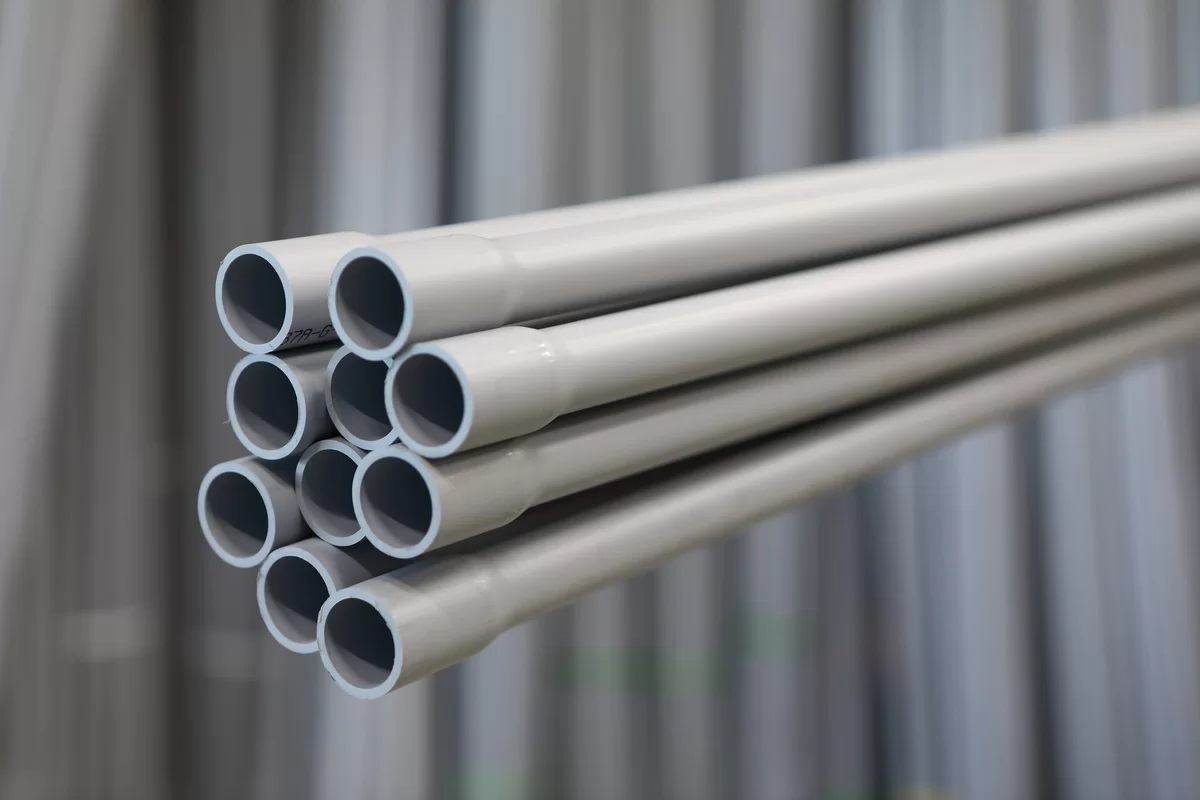

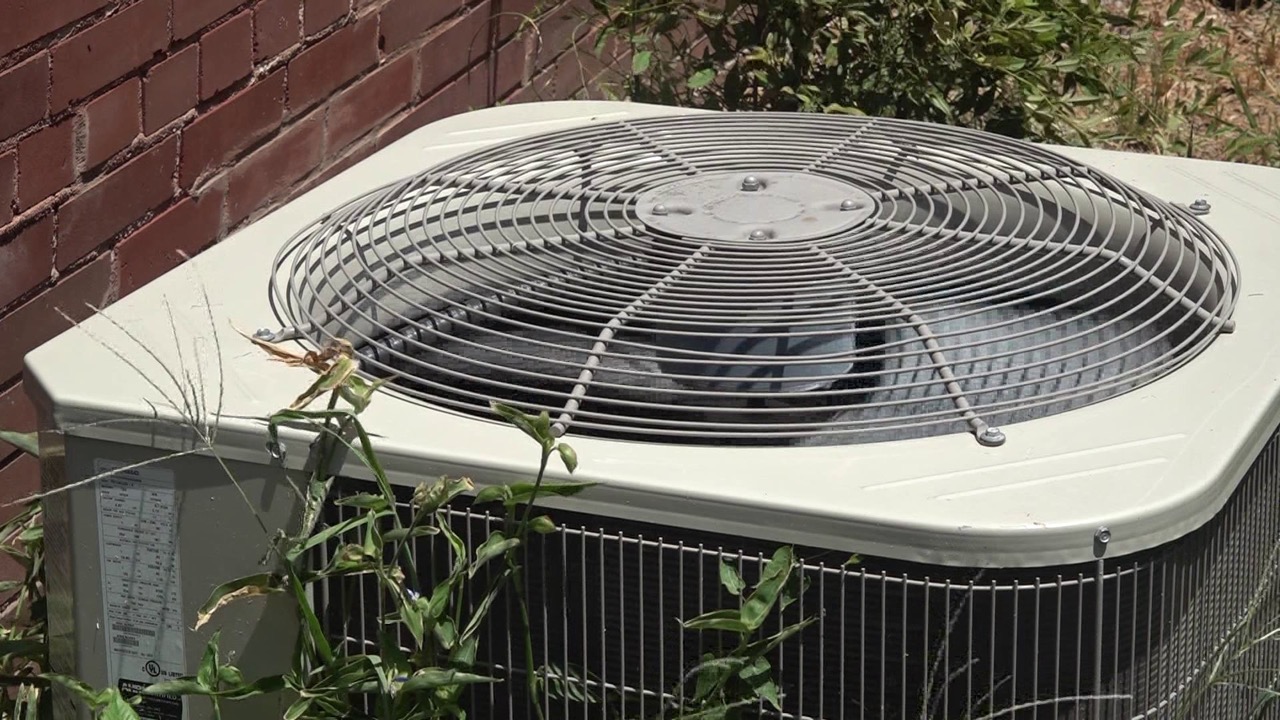
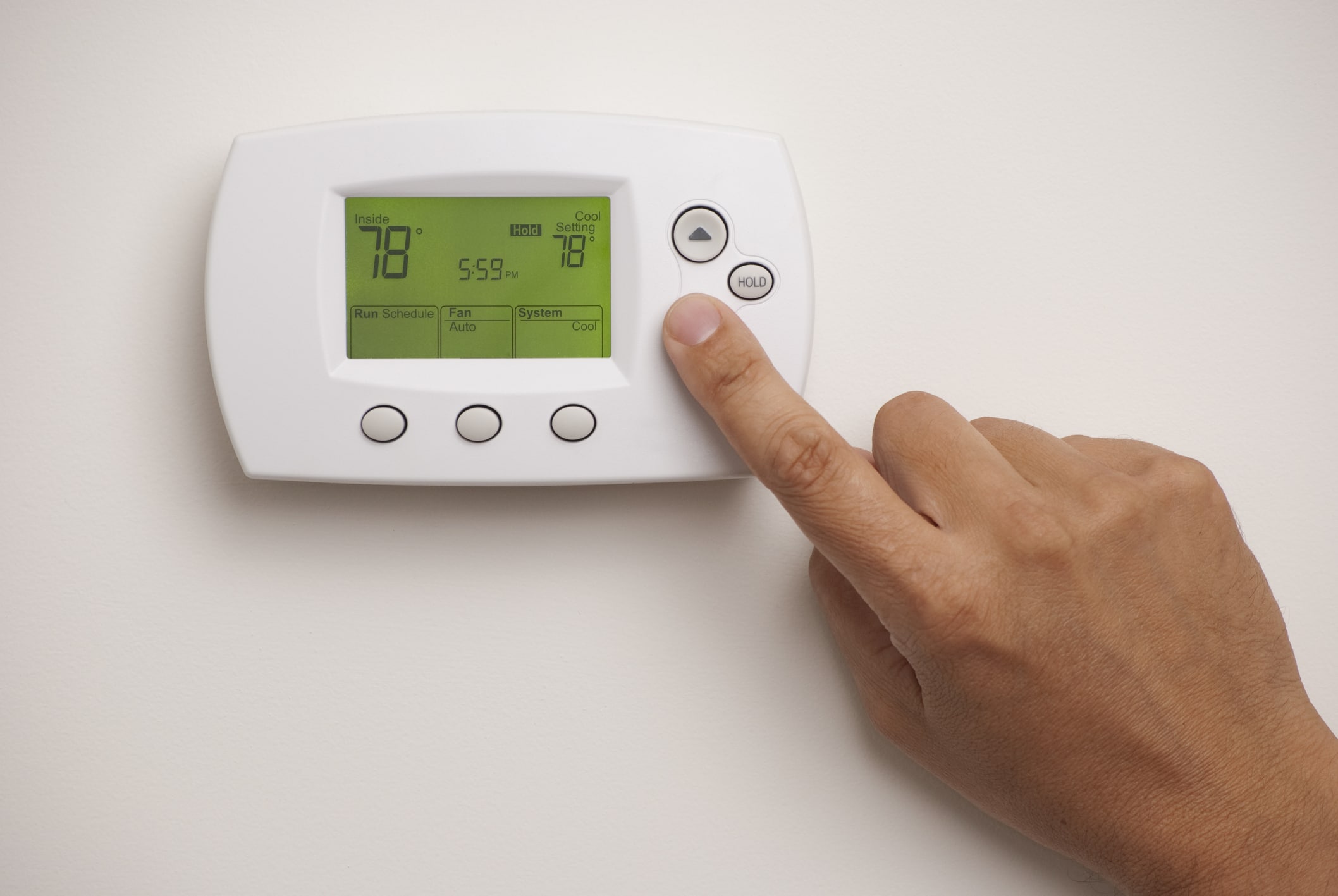

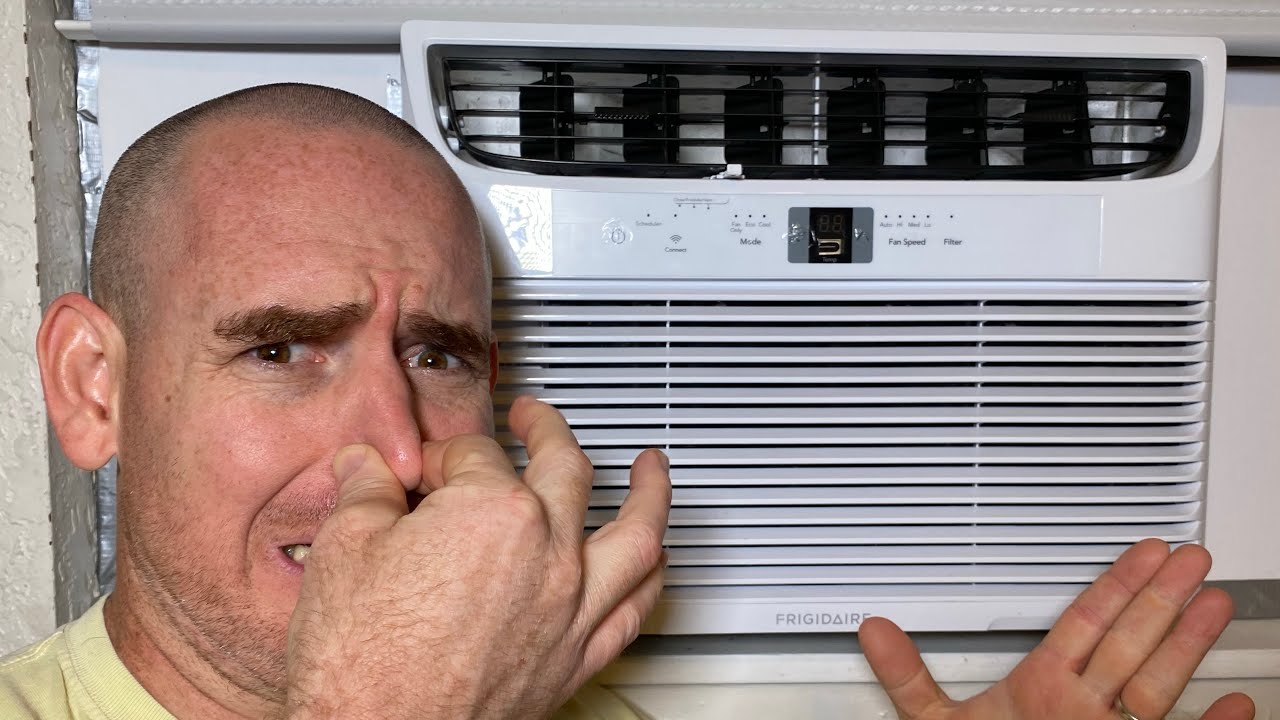

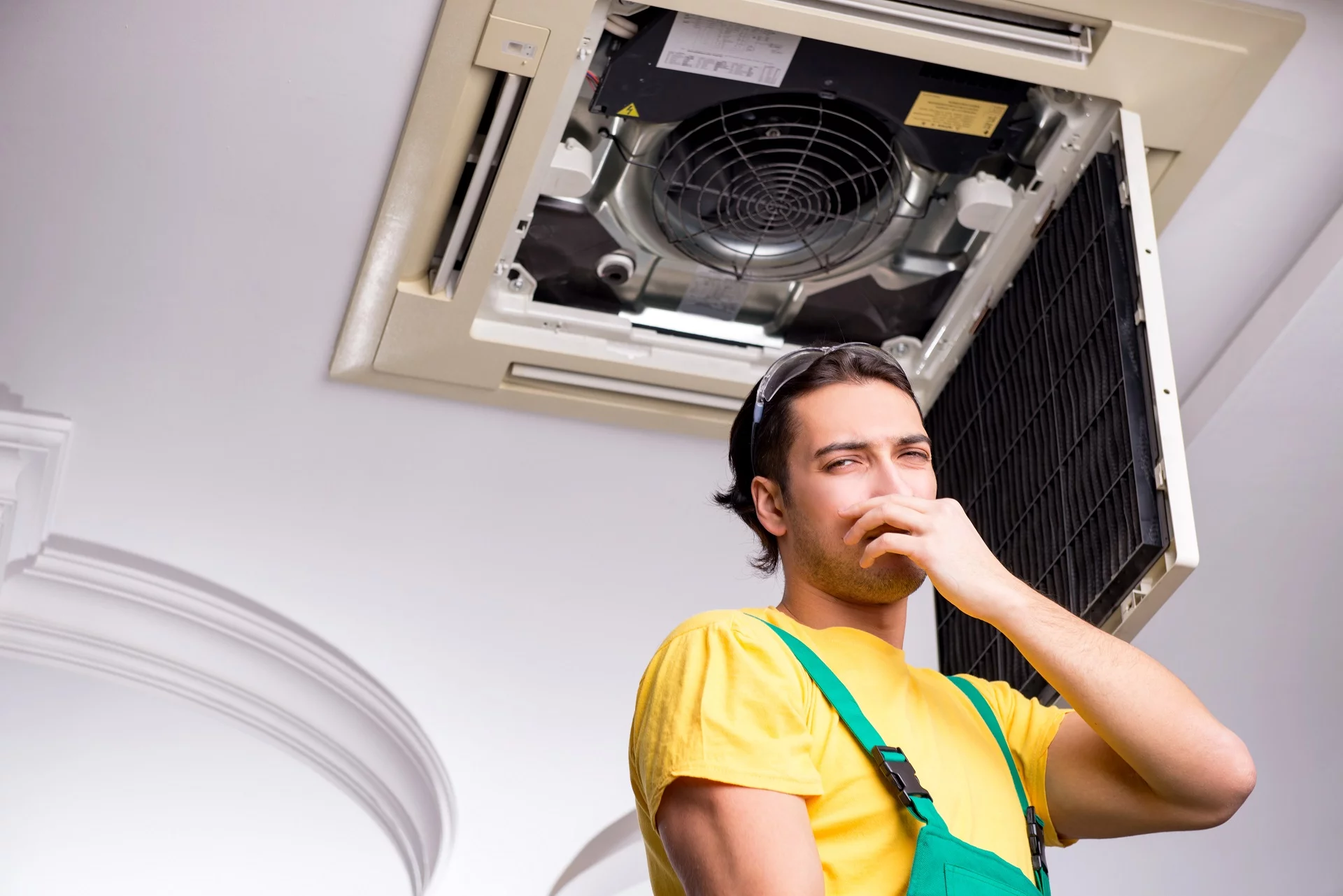
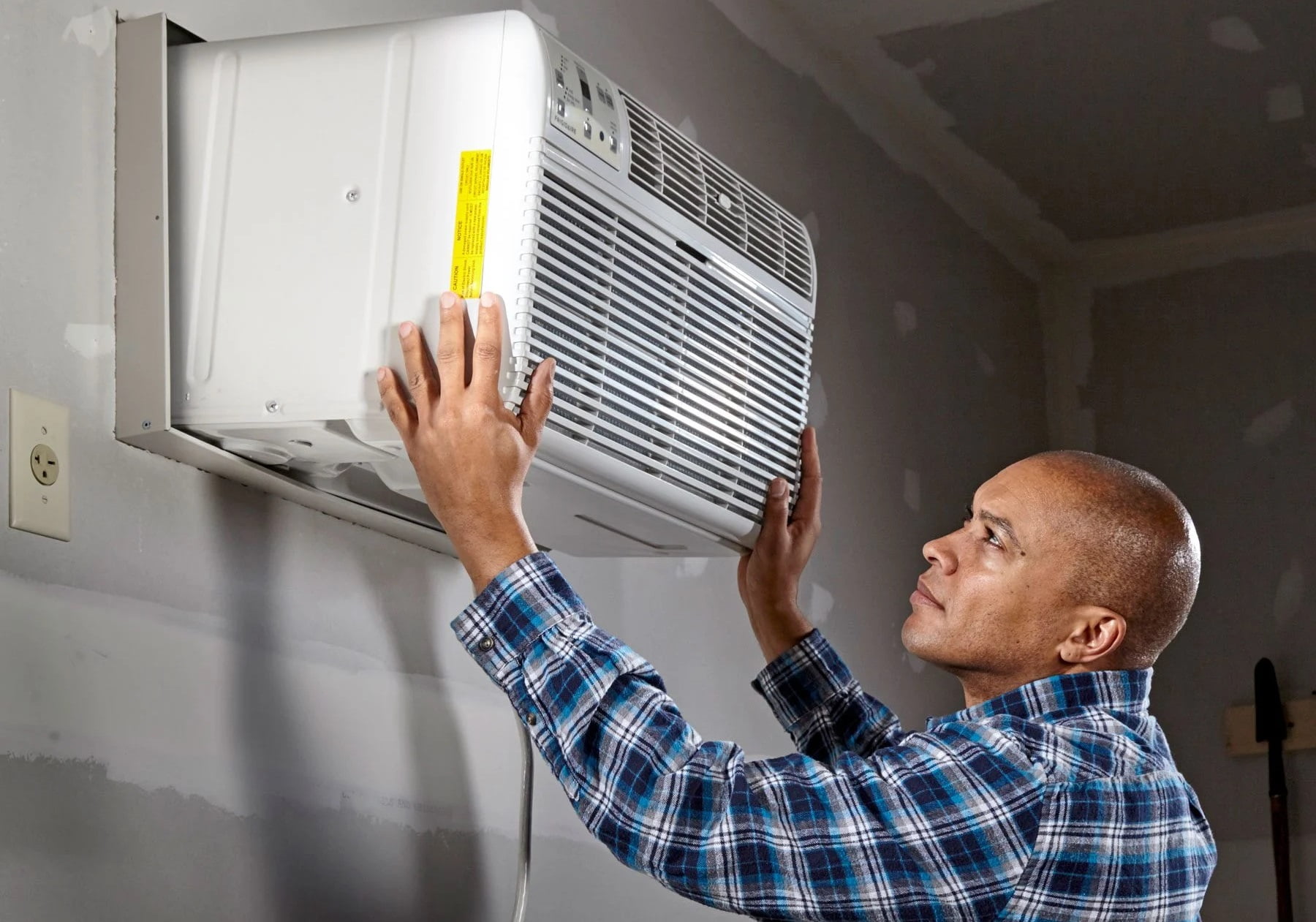


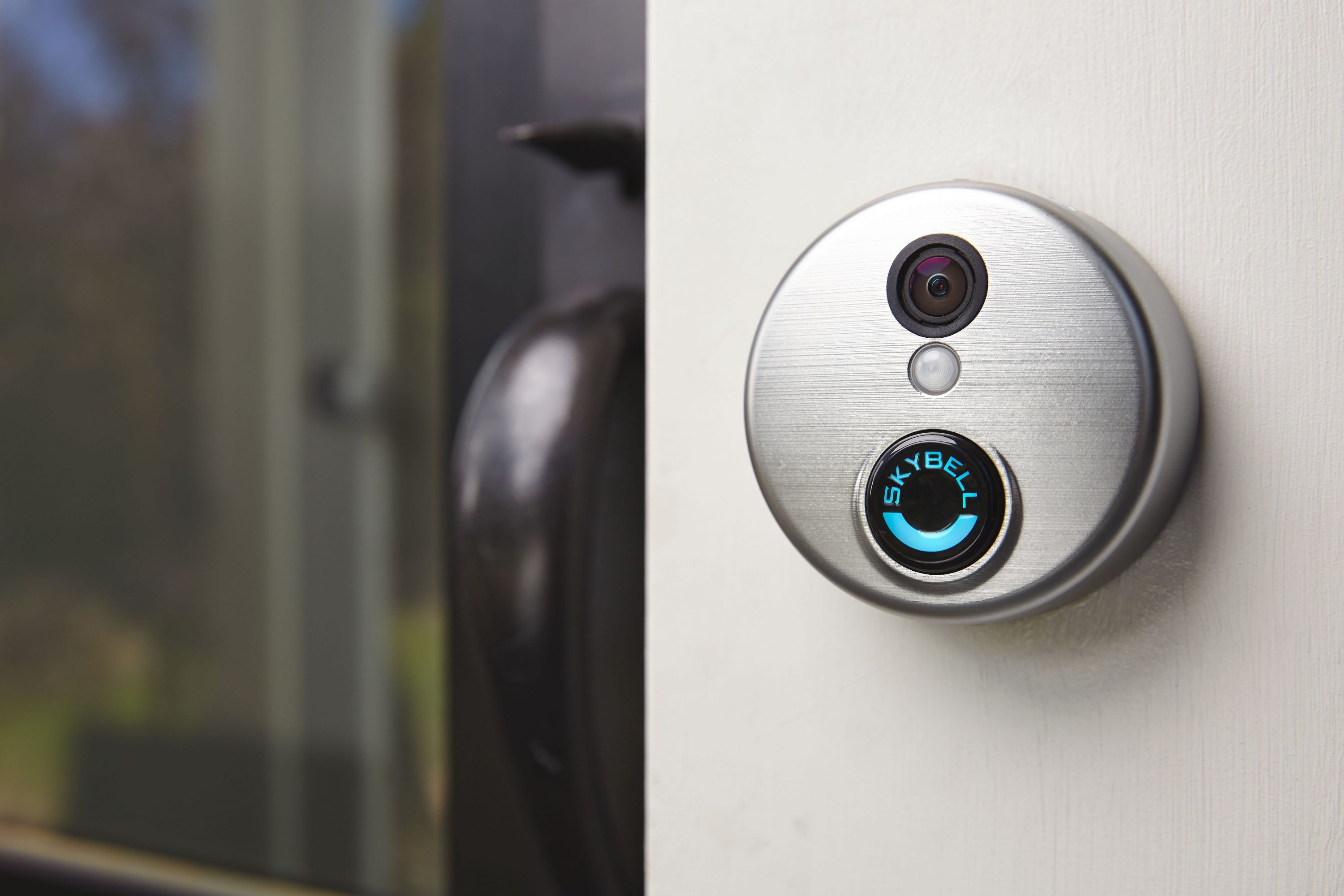

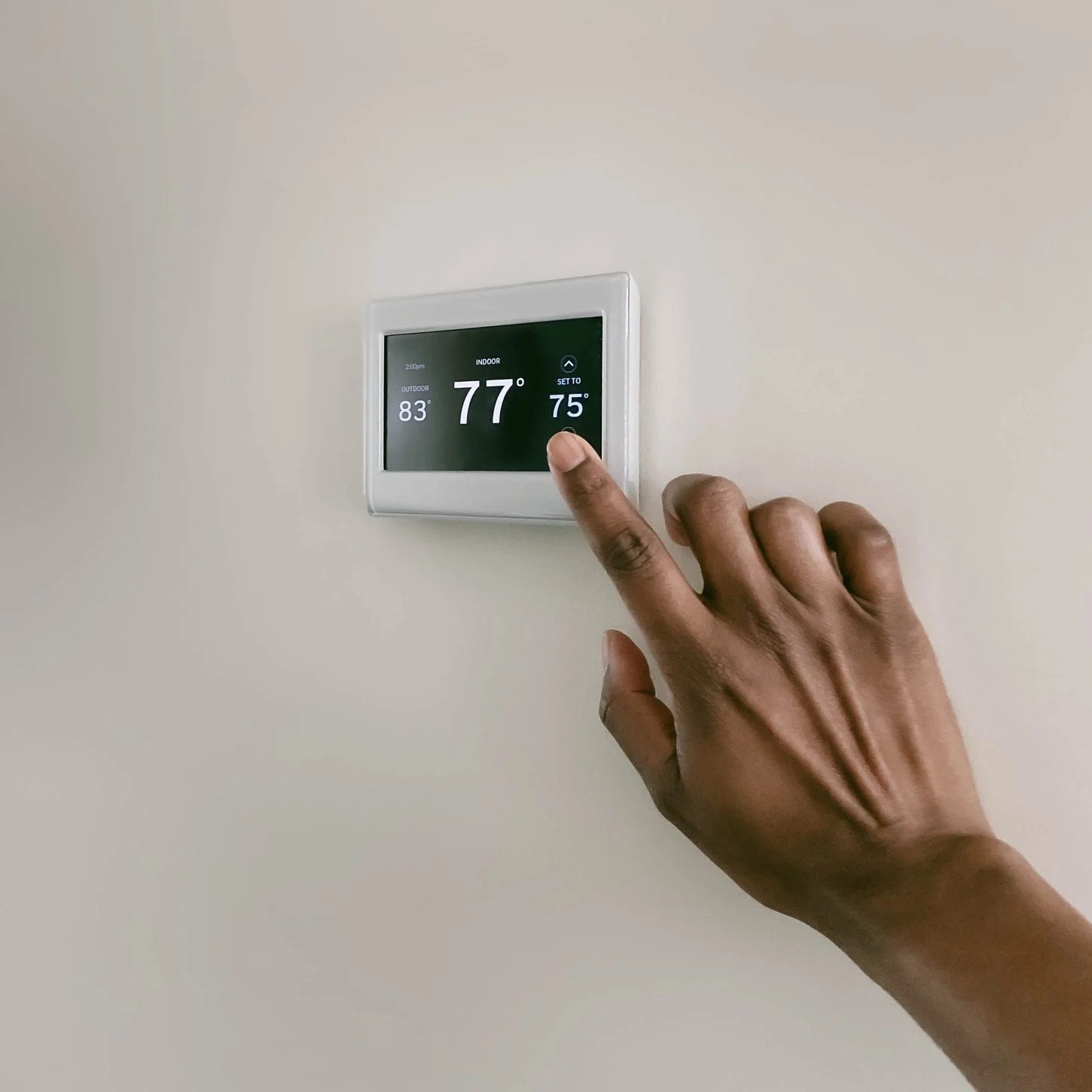

0 thoughts on “Things To Note When Turning A Home Ventilation System On”